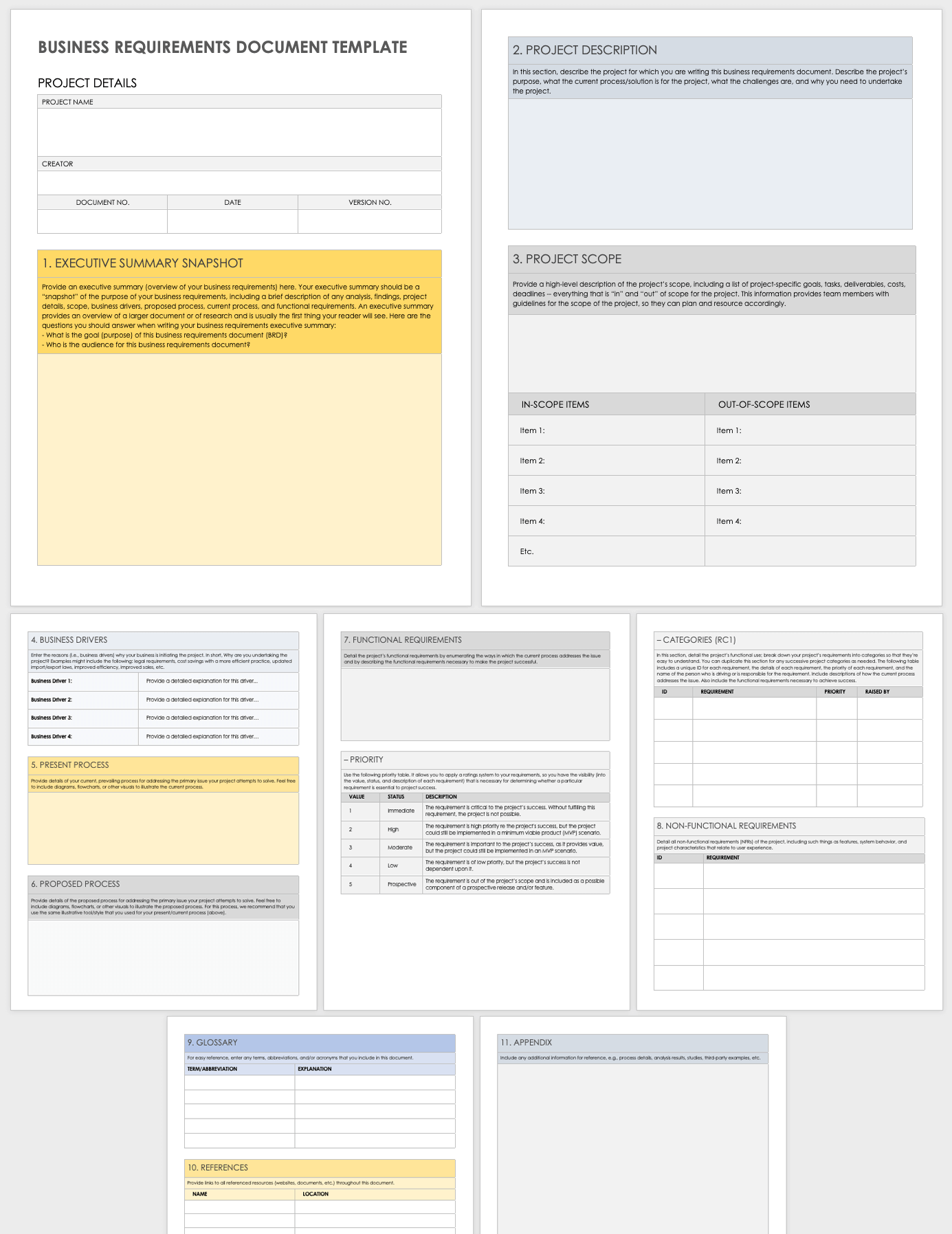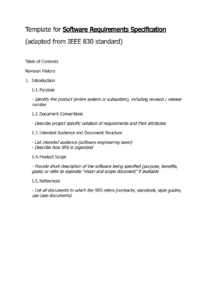Creating a comprehensive set of requirements is crucial for the success of any software development project. Business analysts (BAs) play a vital role in this process by gathering and documenting user needs through interviews, workshops, and other techniques. An effective BA requirements gathering template can streamline this process and ensure that all necessary information is captured. In this article, we will explore the benefits of using a BA requirements gathering template and provide a detailed guide on how to create one.
A BA requirements gathering template offers numerous advantages. It provides a structured framework for capturing user needs, ensuring consistency and completeness across projects. It also improves communication between BAs and stakeholders, as everyone works from the same template. Moreover, it reduces the risk of misunderstandings and errors, ultimately leading to better quality requirements.

Elements of a Comprehensive BA Requirements Gathering Template
An effective BA requirements gathering template should include several key elements. These elements ensure that all necessary information is captured and organized in a logical manner. The following sections will delve into each element in detail:
1. Project Identification and Scope
This section identifies the project name, description, goals, and objectives. It also outlines the project scope, including any specific limitations or exclusions.
2. Stakeholder Identification and Analysis
A thorough understanding of stakeholders is essential for gathering accurate requirements. This section identifies all stakeholders involved in the project, including their roles, interests, and communication preferences.
3. Requirements Elicitation Techniques
This section describes the techniques that will be used to gather requirements from stakeholders. Techniques may include interviews, workshops, observation, and document analysis.
4. Requirements Classification and Prioritization
Once requirements are gathered, they need to be classified and prioritized. This involves categorizing requirements based on their type, importance, and urgency.
How to Create a Custom BA Requirements Gathering Template
To create a custom BA requirements gathering template, follow these steps:
1. Identify Project-Specific Requirements
Consider the unique characteristics and needs of your project. Determine the specific information that needs to be captured during the requirements gathering process.
2. Select Appropriate Elements
Choose the elements from the comprehensive template that are relevant to your project. Add any additional elements that are project-specific.
3. Organize and Structure
Organize the elements in a logical and consistent manner. Use headings, subheadings, and bullet points to make the template easy to navigate.
4. Define Clear Instructions
Provide clear instructions for each element, explaining what information should be captured and how. Use examples and prompts to guide users.
5. Share and Iterate
Share the template with stakeholders and solicit feedback. Based on feedback, refine and iterate the template to ensure it meets the project’s needs.
Conclusion
A robust BA requirements gathering template is an invaluable tool for capturing and documenting user needs. By providing a structured framework, improving communication, and reducing risks, a template can significantly enhance the requirements gathering process. Whether you use a generic template or create a custom one, it is essential to ensure that it is tailored to the specific needs of your project. By following the steps outlined in this article, you can create an effective BA requirements gathering template that will empower you to gather comprehensive and actionable requirements.
In conclusion, a well-crafted BA requirements gathering template serves as an indispensable aid in the requirements gathering phase. It not only standardizes the process, but also fosters better communication, accuracy, and ultimately, project success.

